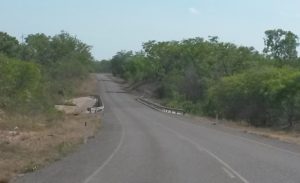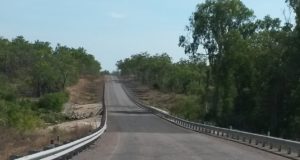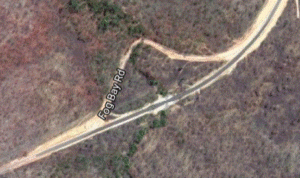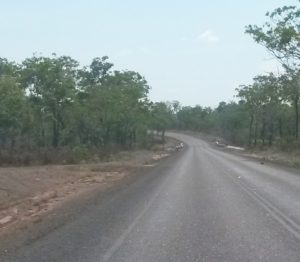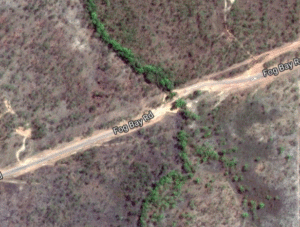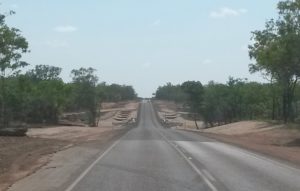Packing for the Top End’s outdoor adventures means preparing for tropical heat, intense sun, humidity, and sudden downpours. Here’s a season-by-season guide for both the dry season (May–September) and wet season (October–April), with key accessories for comfort, safety, and sun protection.
Dry Season (May–September)
- Lightweight, Breathable Clothing:
Opt for loose-fitting shirts, shorts, skirts, or dresses made from natural fibers like cotton, linen, or bamboo. These fabrics allow airflow and help regulate body temperature. - Sun Protection:
- Long-sleeved shirts and pants (preferably with UPF rating) for extra protection from the harsh UV rays.
- Wide-brimmed hat or cap to shield your face and neck.
- Sunglasses with UV protection.
- High-SPF sunscreen and lip balm.
- Swimwear:
Essential for swimming in waterfalls, waterholes, or at the beach. - Comfortable Footwear:
- Sturdy walking shoes or hiking boots for bushwalks and rocky terrain.
- Sandals or breathable shoes for casual wear.
- Light Layers for Evenings:
Pack a light jacket, fleece, or sweater for cooler nights and early mornings, especially if camping. - Accessories:
- Reusable water bottle (at least 1L capacity).
- Quick-dry towel or sarong for swimming and drying off.
- Insect repellent (tropical strength).
- First aid kit.
- Headlamp or flashlight for camping or power outages.
- Daypack for hikes.

Sunglasses
Wet Season (October–April)
- Quick-drying, Lightweight Clothing:
Choose breathable, moisture-wicking fabrics that dry quickly after rain or sweat. Avoid heavy denim. - Rain Protection:
- Lightweight waterproof jacket or plastic poncho (heavy raincoats are unnecessary and bulky).
- Dry bags or waterproof liners for electronics and valuables.
- Footwear:
- Sturdy, waterproof shoes or sandals that remain comfortable when wet.
- Avoid shoes that trap moisture.
- Sun & Insect Protection:
- Wide-brimmed hat, sunglasses, and high-SPF sunscreen.
- Insect repellent-mosquitoes, march flies and midges are prevalent.
- Long-sleeved, loose-fitting shirts and pants for extra protection.
- Swimwear & Towel:
Multiple swimsuits are helpful since they may not dry quickly in humid conditions. - Other Essentials:
- Umbrella for sudden downpours.
- Reusable water bottle-stay hydrated in the humidity.
- First aid kit.
- Headlamp or flashlight-power outages are possible during storms.
- Daypack with waterproof cover.

Ponchos
General Tips for Both Seasons
- Pack for Sun, Heat & Humidity:
Always prioritize sun protection and hydration. - Cultural Considerations:
When visiting Aboriginal communities or sacred sites, wear modest clothing that covers shoulders and knees. - Practical Accessories:
- Power bank for charging devices in remote areas.
- Quick-dry towel or sarong for swimming and covering up.
- Map or GPS for hiking.
Summary Table
| Item | Dry Season | Wet Season |
|---|---|---|
| Lightweight, breathable clothes | ✔️ | ✔️ |
| Quick-dry fabrics | ✔️ (recommended) | ✔️ (essential) |
| Long-sleeved sun protection | ✔️ | ✔️ |
| Wide-brimmed hat & sunglasses | ✔️ | ✔️ |
| Swimwear & quick-dry towel | ✔️ | ✔️ (multiple) |
| Sturdy walking shoes | ✔️ | ✔️ (waterproof preferred) |
| Sandals | ✔️ | ✔️ |
| Light jacket or fleece | ✔️ (for evenings) | (rarely needed) |
| Rain jacket/poncho | (optional) | ✔️ (essential) |
| Insect repellent | ✔️ | ✔️ |
| Reusable water bottle | ✔️ | ✔️ |
| First aid kit, headlamp | ✔️ | ✔️ |
| Dry bags/umbrella | (optional) | ✔️ |
In summary:
Pack for high heat, humidity, and strong sun year-round. In the wet season, prioritize waterproof gear and quick-drying fabrics; in the dry, add a light jacket for cool nights. Always bring sun and insect protection, sturdy shoes, swimwear, and plenty of water-essentials for safe and comfortable outdoor adventures in the Top End.






